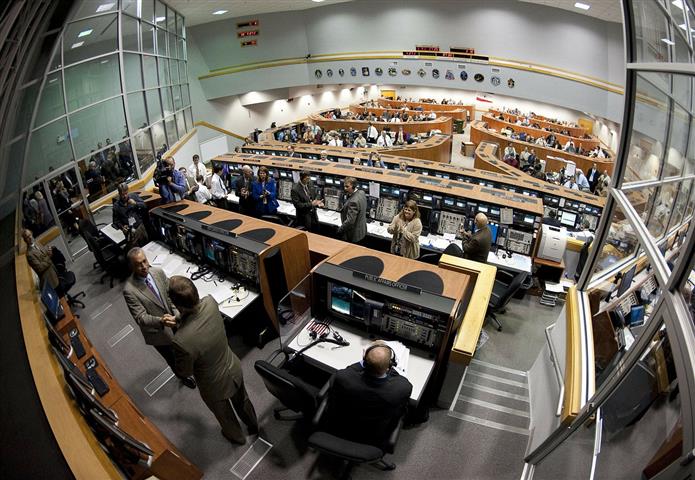Typically the results of the first three steps (Risk Identification, Risk Assessment, Risk Response Development) of the risk management process are summarized in a formal document often called the risk register. A risk register details all identified risks, including descriptions, category, and probability of occurring, impact, responses, contingency owners and current status. The register is…
Risk Management Framework: Risk Response Development
When a risk event is identified and assessed, a decision must be made concerning which response is appropriate for the specific event.This will be the third process inside an effective risk management framework and you need to take notice if it’s importance and impact on the project. Responses to risk can be classified as mitigating,…
Risk Management Framework: Probability Analysis
Probability analysis is one of the techniques that can be used in the Risk Assessment process. Although there are many statistical techniques available to the project manager that can assist in assessing project risk, probability analysis is one of the more common ones. Here are a few examples: Decision trees have been used to assess…
Risk Management Framework: Risk Assessment
The Risk Identification Process produces a list of potential risks. Not all of these risks deserve attention. Some are trivial and can be ignored, while others pose serious threats to the welfare of the project. Managers have to develop methods for sifting through the list of risks, eliminating inconsequential or redundant ones and stratifying worthy…
Risk Management Framework: Risk Identification
The risk management framework begins by trying to generate a list of all the possible risks that could affect the project. Typically the project manager pulls together, during the planning phase, a risk management team consisting of core team members and other relevant stakeholders. The team uses brainstorming and other problem identifying techniques to identify…
Risk Management Framework
As stated in the Risk Management Guide Contents article, this is the first part of the series and I will dive directly into the subject without much introduction. This figure presents a graphic model of the risk management framework challenge. The chances of a risk event occurring (e.g., an error in time estimates, cost estimates,…
Risk Management Guide
You’ve got to go out on a limb sometimes because that’s where the fruit is. —-Will Rogers Every project manager understands risks are inherent in projects. No amount of planning can overcome risk, or the inability to control chance events. In the context of projects, risk is an uncertain event or condition that, if it…
Shit Project Managers Say (Video)
Just a few things you may hear from your everyday project managers… Enjoy!
Managing Customer Relationships
In previous articles I have emphasized that ultimate success is not determined by weather the project was completed on time, within budget, or according to specifications, but whether the customer is satisfied with what has been accomplished. Customer satisfaction is the bottom line. Bad news travels faster and further than good news. For every happy…
Negotiating – Uncovering It’s Secrets
Effective negotiating is critical to successful collaboration. All it takes is one key problem to explode to convert a sense of “we” into “us versus them.” At the same time, negotiating is pervasive through all aspects of project management work. Successful Negotiating – Requirements Project managers must negotiate support and funding from top management. They…









